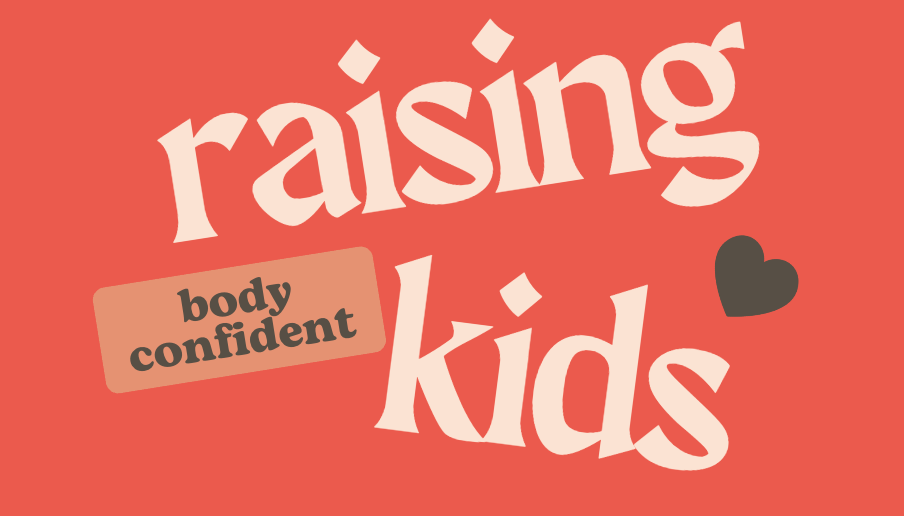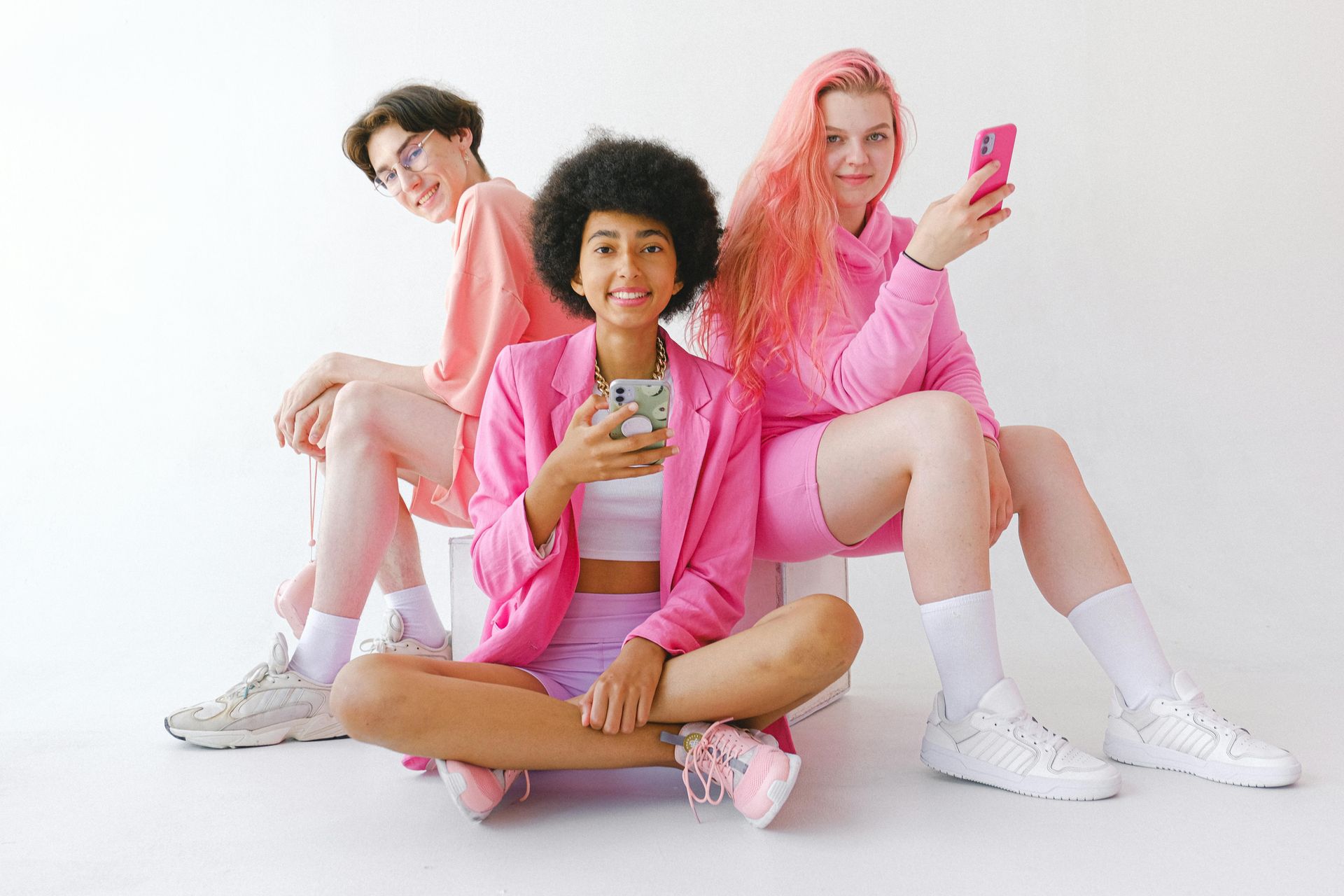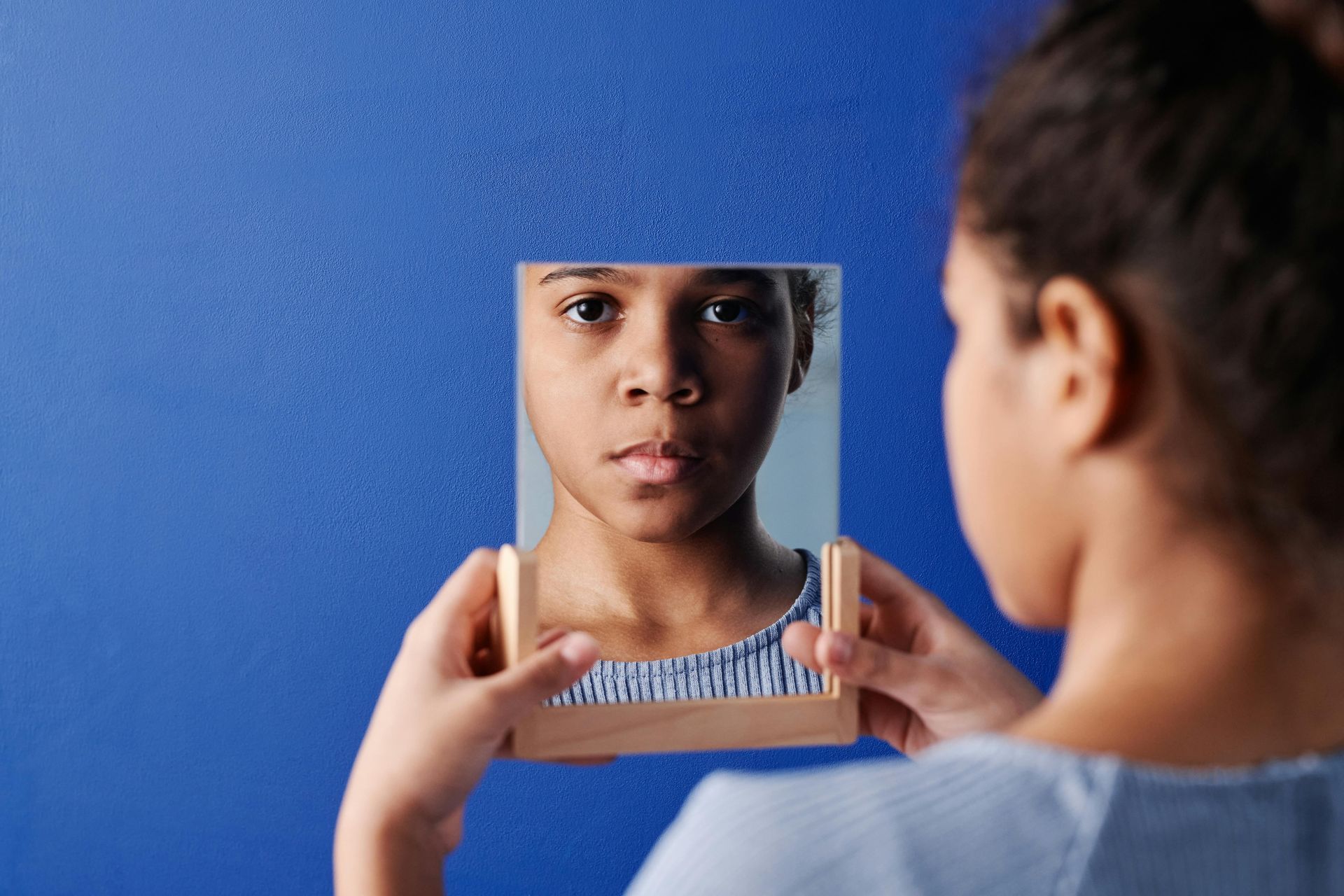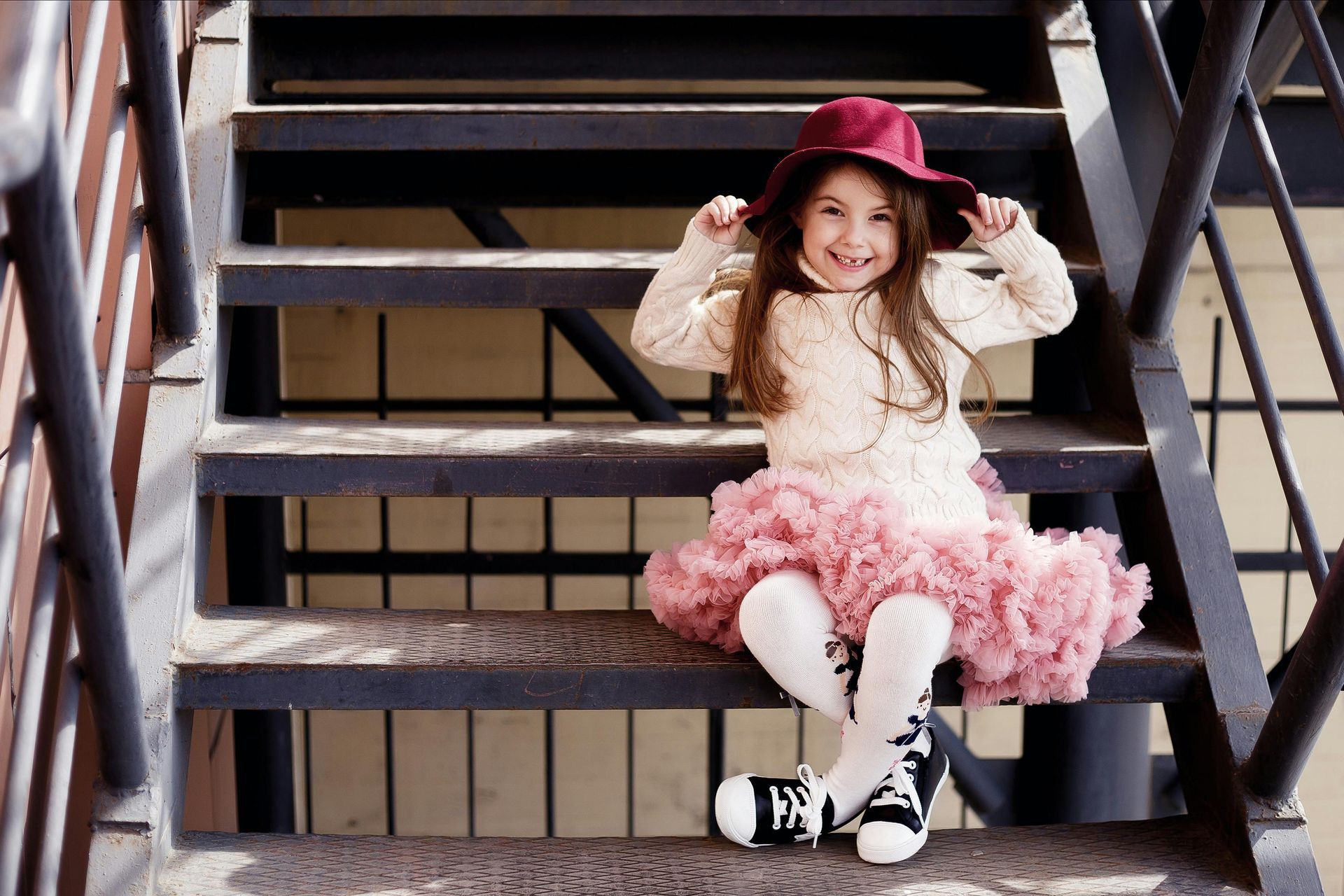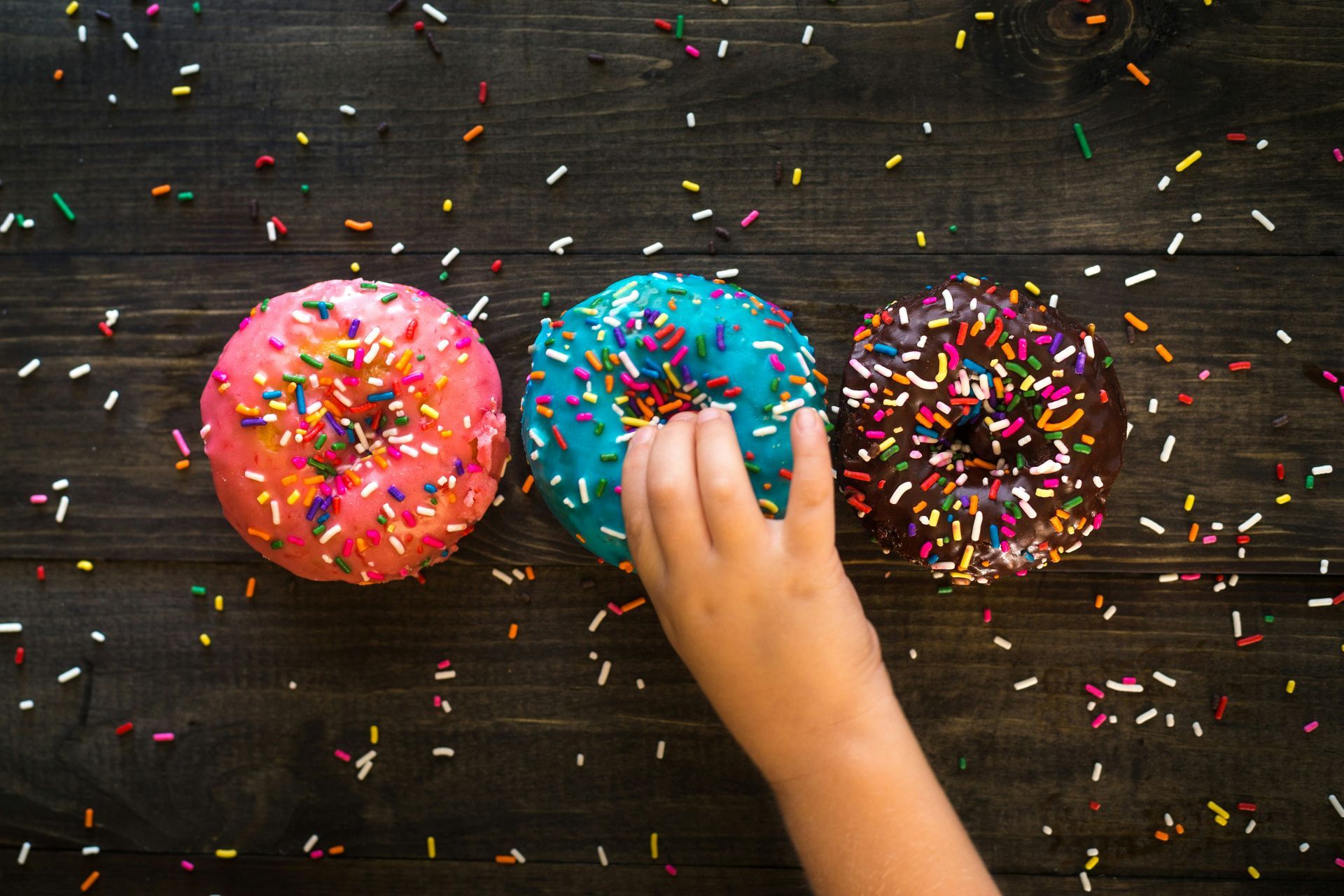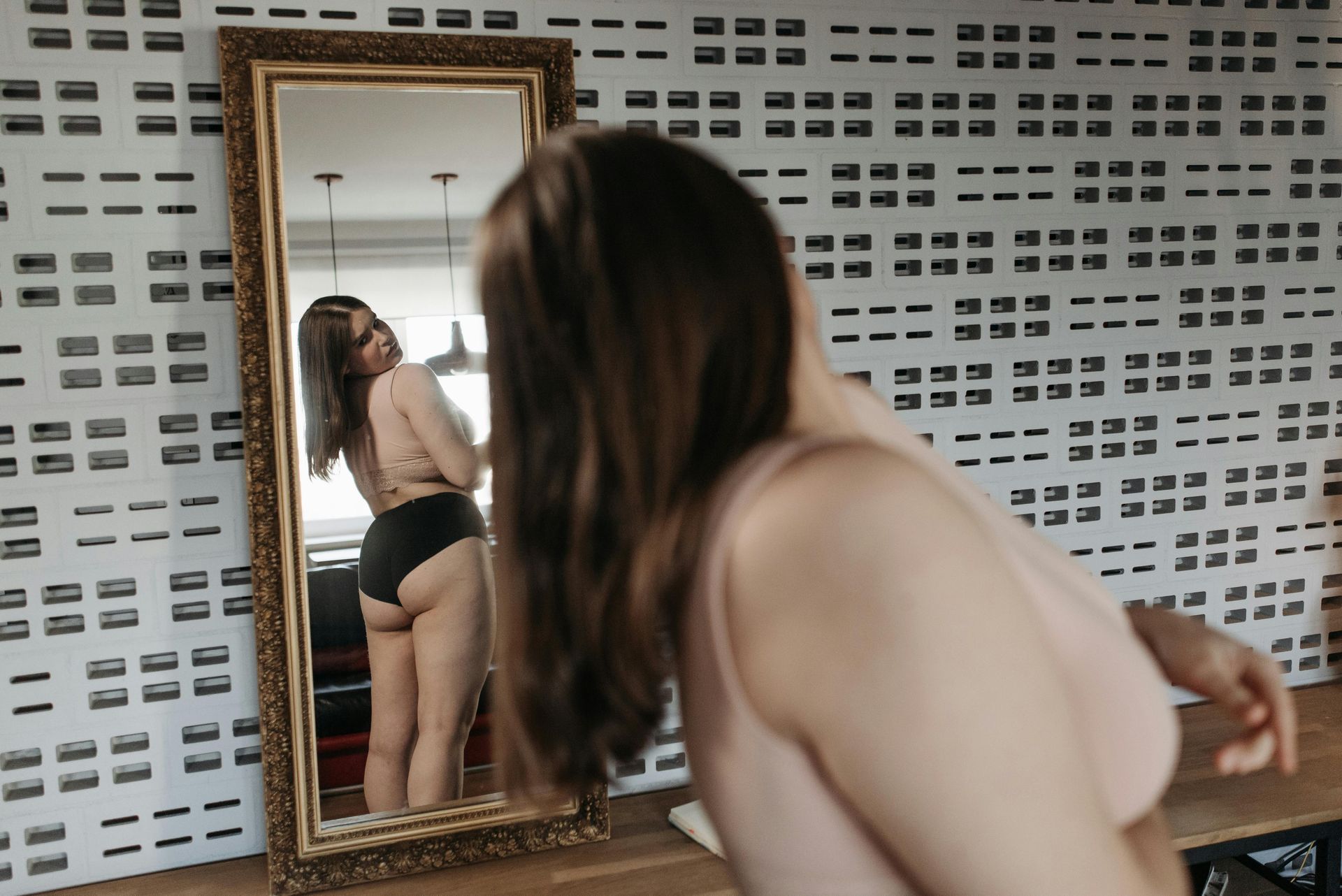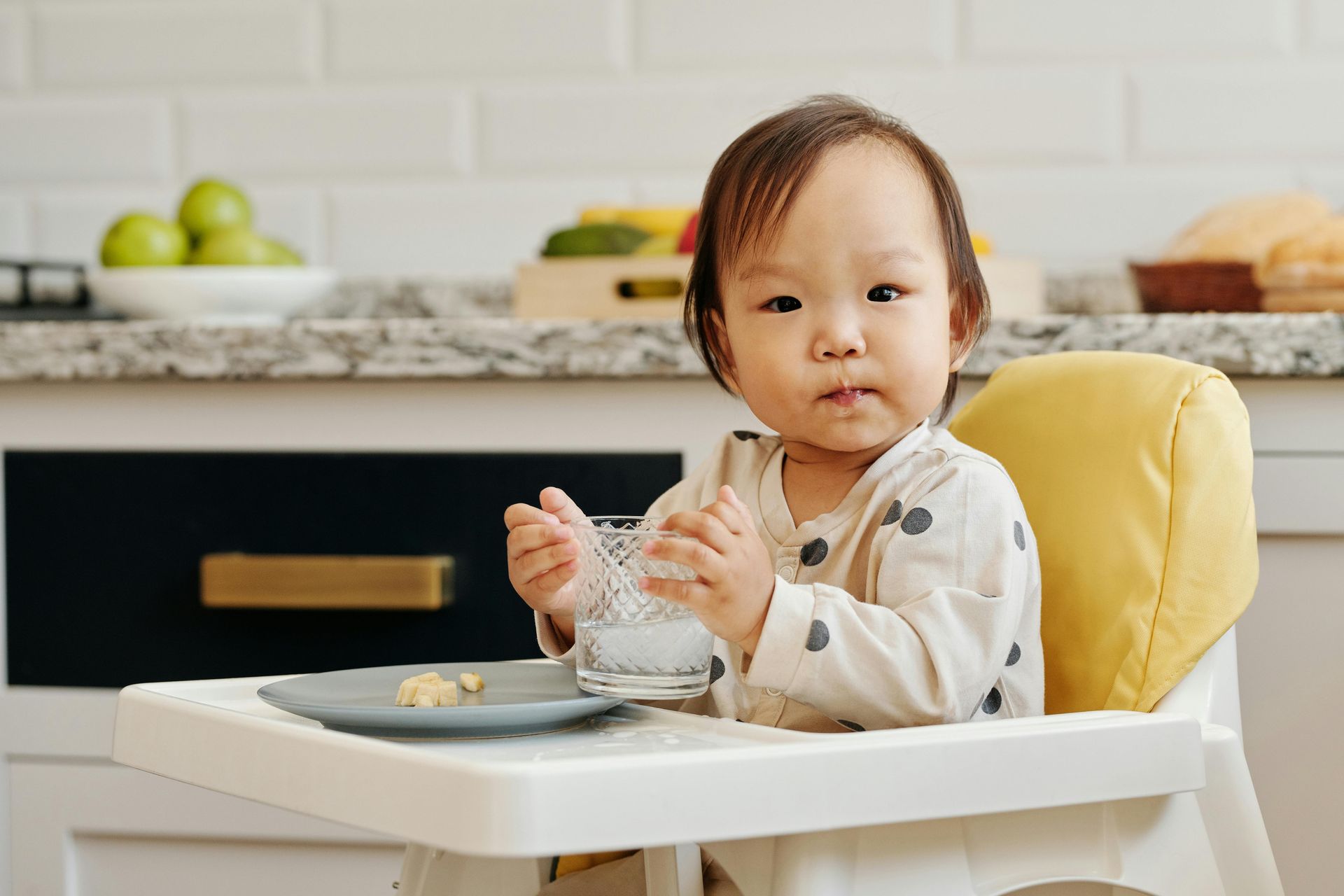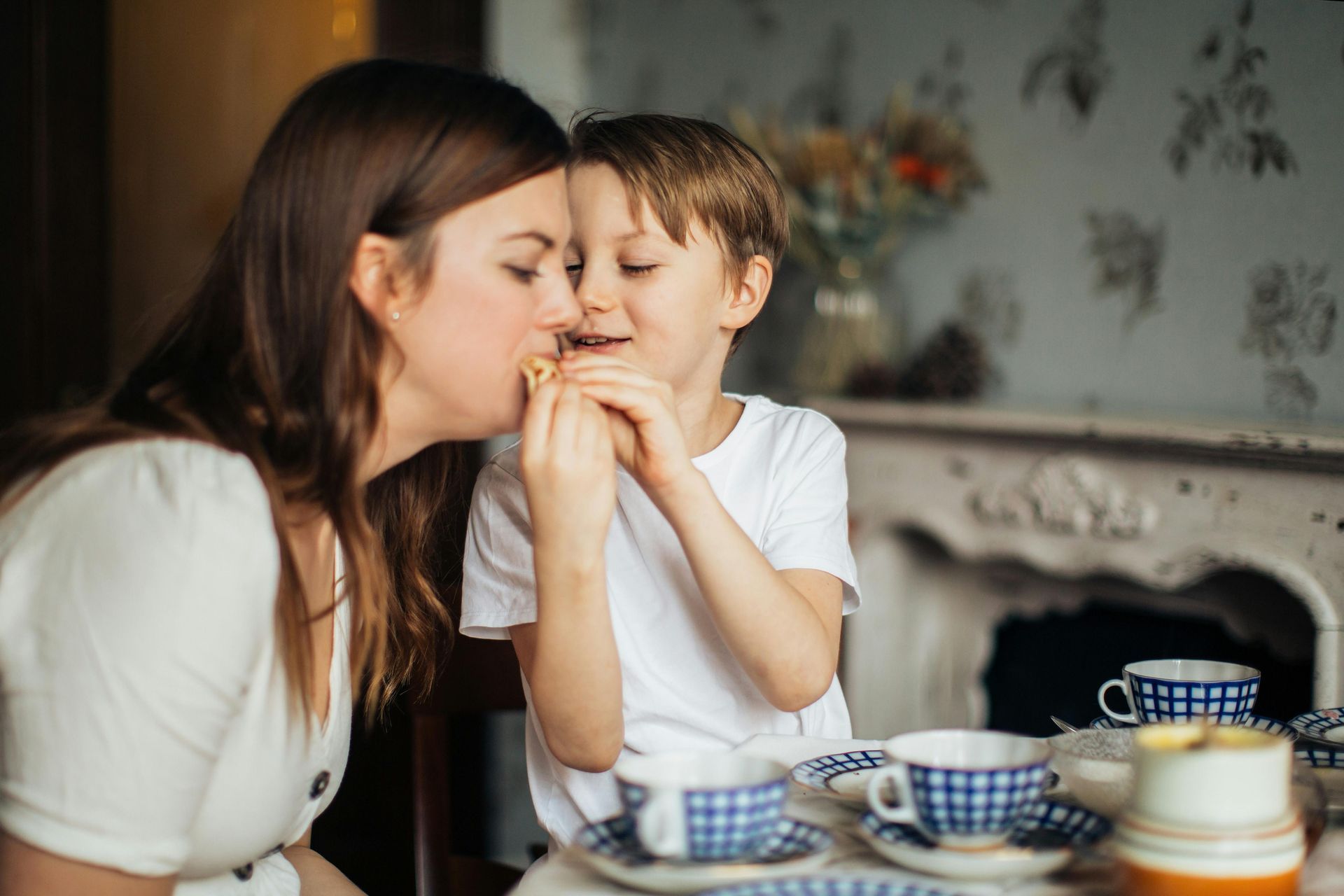WHAT IF MOVEMENT MADE OUR KIDS FEEL FREE INSTEAD OF FLAWED?
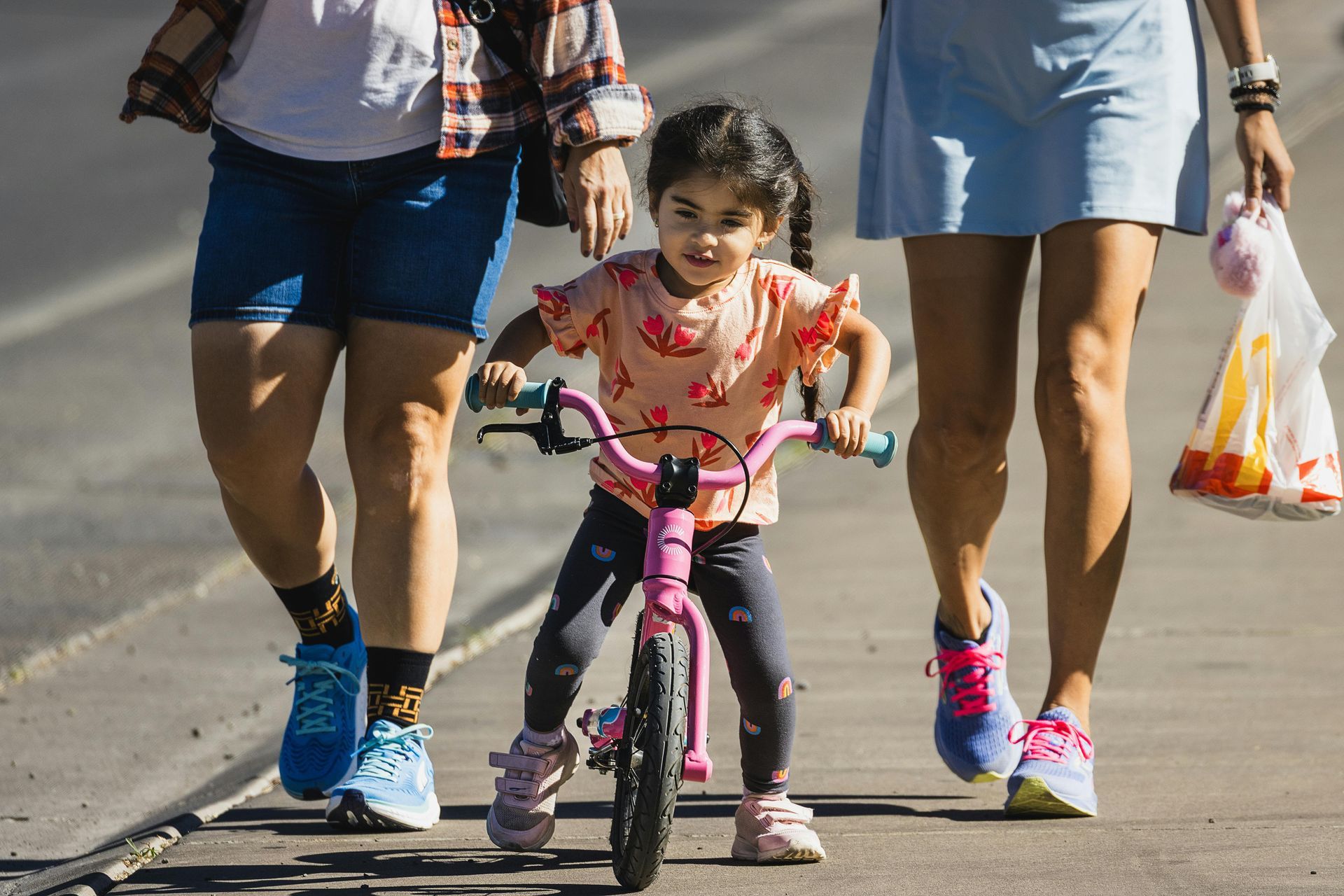
Growing up, most of us learned to move our bodies for one reason and one reason only: to burn something off. Calories, guilt, “last night’s pizza”—whatever it was, the message was loud and clear. Movement wasn’t something you did for joy or play or connection. It was something you did to earn your food or your rest or your body’s worth. No wonder now we have such a complicated relationship with exercise. We're still stuck in “work it off” or “tighten up” mode. PE class was less about feeling strong and more about being picked last or pushed too hard. Movement wasn’t about celebrating what our bodies could do. It was about fixing what we thought was wrong with them. So it’s no surprise that when our kids start talking about sports, dance, or even just going outside to play, we sometimes bring our old baggage along.
But what if we gave them something different?
What if we raised a generation of kids who moved their bodies because they wanted to—not because they were trying to take up less space?
That starts with us, right now, in small but powerful ways. When we talk about physical activity with our kids, we can lead with fun, function, and feeling good instead of focusing on appearance or outcomes. We can talk about movement as a way to connect with friends, shake off stress, explore the world, and discover what our bodies are capable of—not as a punishment for what we ate or a strategy to “look better.” It also means rethinking how we respond when our kids don’t want to go to soccer practice or say they hate running. Instead of forcing them to push through just for the sake of discipline, we can get curious. We can ask what they do enjoy. Dancing to music in the living room? Riding bikes? Climbing trees? Jumping on the trampoline? All of that counts as movement.
Movement doesn’t have to be measured to matter.
And when we model this ourselves—choosing the long walk because it clears our head, or turning on music and dancing in the kitchen without a care for how we look—we show them that joy and movement are allowed to coexist. Want a simple way to start this shift at home? Try this:
Ask your child, “What’s a way you love to move your body?” Then do it together. It might not be a structured workout. It might look like rolling down a hill or racing down the hallway or just walking the dog and talking about their day. That’s the point. Because joyful movement isn’t about forcing a routine—it’s about creating a relationship with your body that feels safe, fun, and free.
Joyful Movement Activities to Try With Your Kids
Movement That Feels Like Play
Turn movement into a game. Instead of formal workouts, try:
🏃 Freeze tag, dodgeball, or capture the flag
💃 Dancing around the living room to favorite songs
🎮 Playing "Just Dance" or making up silly TikTok-style routines
These don’t “feel” like exercise—and that’s the point! They build positive associations with movement.
Choose-Your-Own-Adventure Movement
Let your child take the lead. Ask what they enjoy and follow their interests:
🧗 Rock climbing, martial arts, or gymnastics
🚴 Hiking, bike riding, or trampoline bouncing
🚣 Canoeing, kayaking, or just splashing at the pool
⚽ Playing soccer, jump rope, or making obstacle courses in the backyard
If they love it, it counts.
Try Something New—Together
Pick something neither of you has tried before:
🎪 Aerial arts or circus classes
🏹 Archery or ultimate frisbee
♿ Wheelchair yoga or an adaptive dance class
New = connection, laughter, and a reminder that being a beginner is brave.
Connect Through “Movement Moments”
Movement doesn’t need to be long or structured. Try:
🪩 A 10-minute dance party after dinner
🤸 Stretching together before bed
🚶 Walking and talking about their day
These micro-moments help kids feel grounded and connected to you—and themselves.
Celebrate What Bodies Can Do
After any movement activity, ask:
“What did your body help you do today?”
“How did that feel?”
Then share your answer, too.
This shifts the focus from how bodies look to what they do—building lasting body confidence.
Want more support with what to say when your kid asks tough questions about food, weight, or their body?
You don’t have to go it alone. Download our free 5 Phrases That Hurt (and Help) Kids' Body Image—packed with scripts, tools, and practical strategies for raising body-literate, self-loving kids.
You’ve got this. And your kid? They’ve got you. 💛
Growing up, most of us learned to move our bodies for one reason and one reason only: to burn something off. Calories, guilt, “last night’s pizza”—whatever it was, the message was loud and clear. Movement wasn’t something you did for joy or play or connection. It was something you did to earn your food or your rest or your body’s worth. No wonder now we have such a complicated relationship with exercise. We're still stuck in “work it off” or “tighten up” mode. PE class was less about feeling strong and more about being picked last or pushed too hard. Movement wasn’t about celebrating what our bodies could do. It was about fixing what we thought was wrong with them. So it’s no surprise that when our kids start talking about sports, dance, or even just going outside to play, we sometimes bring our old baggage along.
But what if we gave them something different?
What if we raised a generation of kids who moved their bodies because they wanted to—not because they were trying to take up less space?
That starts with us, right now, in small but powerful ways. When we talk about physical activity with our kids, we can lead with fun, function, and feeling good instead of focusing on appearance or outcomes. We can talk about movement as a way to connect with friends, shake off stress, explore the world, and discover what our bodies are capable of—not as a punishment for what we ate or a strategy to “look better.” It also means rethinking how we respond when our kids don’t want to go to soccer practice or say they hate running. Instead of forcing them to push through just for the sake of discipline, we can get curious. We can ask what they do enjoy. Dancing to music in the living room? Riding bikes? Climbing trees? Jumping on the trampoline? All of that counts as movement.
Movement doesn’t have to be measured to matter.
And when we model this ourselves—choosing the long walk because it clears our head, or turning on music and dancing in the kitchen without a care for how we look—we show them that joy and movement are allowed to coexist. Want a simple way to start this shift at home? Try this:
Ask your child, “What’s a way you love to move your body?” Then do it together. It might not be a structured workout. It might look like rolling down a hill or racing down the hallway or just walking the dog and talking about their day. That’s the point. Because joyful movement isn’t about forcing a routine—it’s about creating a relationship with your body that feels safe, fun, and free.
Joyful Movement Activities to Try With Your Kids
Movement That Feels Like Play
Turn movement into a game. Instead of formal workouts, try:
🏃 Freeze tag, dodgeball, or capture the flag
💃 Dancing around the living room to favorite songs
🎮 Playing "Just Dance" or making up silly TikTok-style routines
These don’t “feel” like exercise—and that’s the point! They build positive associations with movement.
Choose-Your-Own-Adventure Movement
Let your child take the lead. Ask what they enjoy and follow their interests:
🧗 Rock climbing, martial arts, or gymnastics
🚴 Hiking, bike riding, or trampoline bouncing
🚣 Canoeing, kayaking, or just splashing at the pool
⚽ Playing soccer, jump rope, or making obstacle courses in the backyard
If they love it, it counts.
Try Something New—Together
Pick something neither of you has tried before:
🎪 Aerial arts or circus classes
🏹 Archery or ultimate frisbee
♿ Wheelchair yoga or an adaptive dance class
New = connection, laughter, and a reminder that being a beginner is brave.
Connect Through “Movement Moments”
Movement doesn’t need to be long or structured. Try:
🪩 A 10-minute dance party after dinner
🤸 Stretching together before bed
🚶 Walking and talking about their day
These micro-moments help kids feel grounded and connected to you—and themselves.
Celebrate What Bodies Can Do
After any movement activity, ask:
“What did your body help you do today?”
“How did that feel?”
Then share your answer, too.
This shifts the focus from how bodies look to what they do—building lasting body confidence.
Want more support with what to say when your kid asks tough questions about food, weight, or their body?
You don’t have to go it alone. Download our free 5 Phrases That Hurt (and Help) Kids' Body Image—packed with scripts, tools, and practical strategies for raising body-literate, self-loving kids.
You’ve got this. And your kid? They’ve got you. 💛
